

Over the years, I’ve been on many business trips, and how successful they were almost always came down to how well they were planned.
There’s an awful lot to think about when planning a business trip, from where to stay to what to pack. You also need to prepare for your home and office while you’re absent.
In this article, I cover everything you’ll need to do to set yourself up for a successful business trip, including tips for accommodation, packing, transportation, preparing your home and work space, and purchasing your flight.
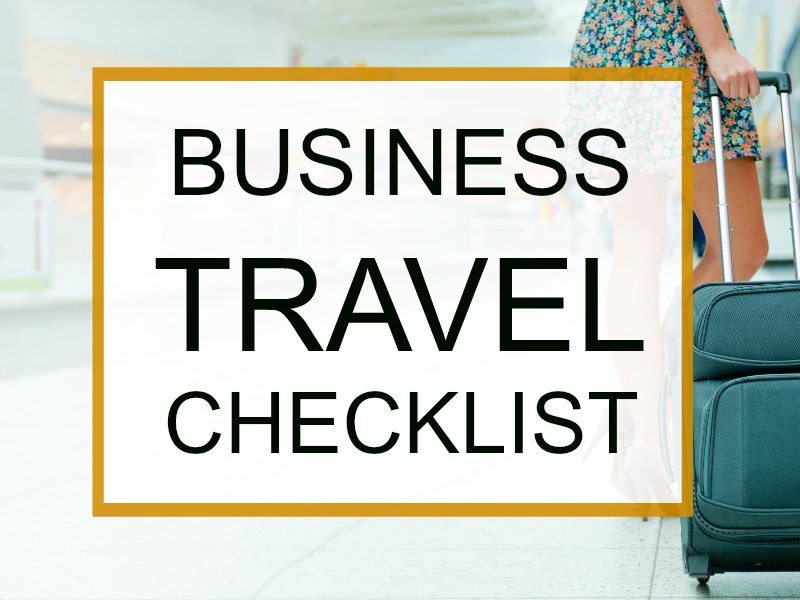
While getting to travel on the company’s dime sounds like the Holy Grail of great travel jobs, it can honestly be a lot of work to organize a business trip. Below you’ll find my complete business travel checklist so you’ll be able to plan the best trip possible, and avoid my mistakes!
In this article, you’ll find a:
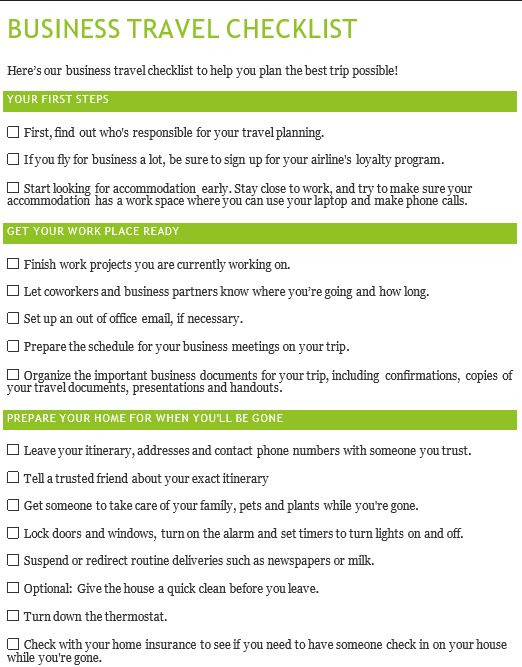
First, find out who’s responsible for your travel planning. Some businesses leave all the travel planning and flight booking to their employees, and have you submit your receipts later. Other businesses will handle every last detail of your travel planning (lucky you!) from pickup at the airport, to flights, hotels and accommodation.
Most businesses fall somewhere in between. It can save you a lot of hassle if you find out who’s responsible for what, early on.
Years ago, I had a last minute business trip to Amsterdam where I spent a few hours and a lot of stress trying to find affordable accommodation in the city. It turns out my employer had already arranged a place for me to stay with a colleague. Even if you think you know who’ll plan your trip, ask!
If you’re responsible for booking your flight, and you’re looking to save money, be sure to check out our post on six easy steps for nailing the cheapest flight. o start, we really love getting a quick price comparison on Google Flights (here are a few great tips for using Google Flights) or Skyscanner.
If you’re flying regularly for business, be sure to sign up for an airlines loyalty program, and book with them as much as possible. This can translate into some great upgrades and free flights as well as other perks.
So you don’t worry about work while you’re away, and to ease your transition back when you return, try to get your affairs in order at your office before you leave.
Make sure you finish the work projects you are currently working on.
Let coworkers and business partners know where you’re going, and how long you’ll be gone.
Set up an out of office email, if necessary.
Prepare the schedule for your business meetings on your trip; you should know exactly where and when each meeting will take place.
Make sure you’ve organized all the important documents for your trip, including the confirmations, copies of your travel documents, presentations and handouts. Print them out, if necessary, and insure they’re saved to a zip drive or on your hard drive. It’s a good idea to back them up to a cloud service (we like Amazon) to ensure that you can access them anywhere in the world.
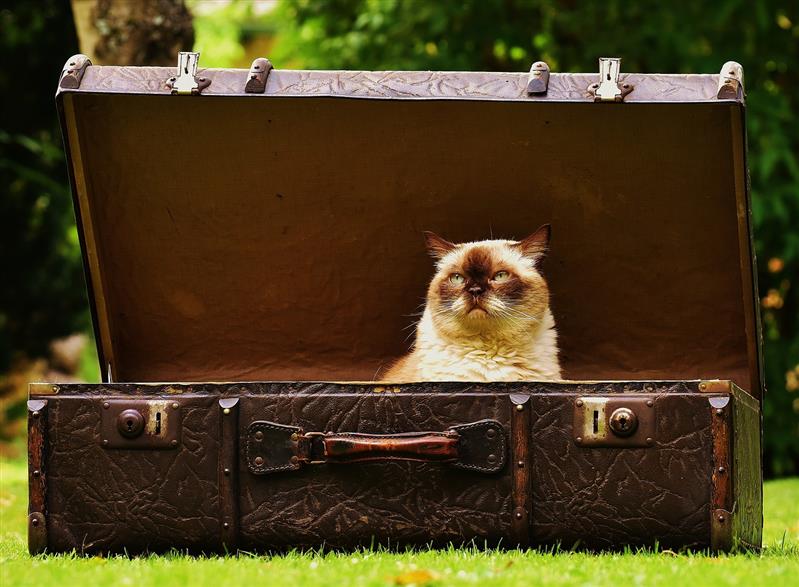
Tell your family about your exact itinerary and leave your addresses and contact phone numbers.
Take safety measures, such as locking all doors and windows, turning on the alarm and try to create the illusion that you are at home by turning some lights on or with a radio that has a timer function.
Suspend or redirect routine deliveries such as newspapers or milk, if necessary.
Give the house a quick clean before you leave. Normally, my house is kinda messy and chaotic, but I hate coming home to a dirty, messy house after a trip, so we give it a complete clean before we go. It’s nice to be able to relax a bit when you get back, rather than stress about how messy the house is.
Turn down the thermostat if it’s cold outside or turn it up if it’s really hot. There’s no point warming or cooling an empty house.
Make sure you check with your home insurance to see if you need to have someone check in on your house while you’re gone. Each home insurance policy is different, but many policies won’t cover damages from floods, water leaks, break ins or theft if the house is not regularly attended.
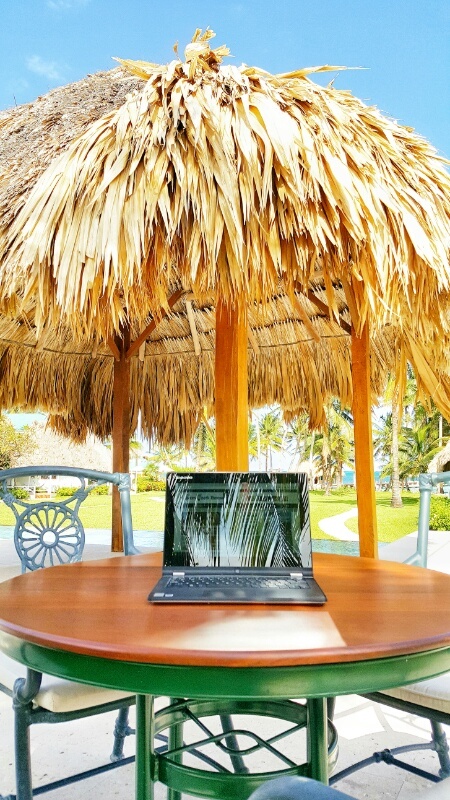
If you are going abroad, make sure you have all the necessary travel documents.
If you need any vaccinations or medical documents for the country you are going to, take care of that, too.
Get some cash in the local currency. There are ATMs in nearly every airport in the world. however sometimes the lines are long or the machines are down. You don’t need money for your entire trip, just make sure you have enough on hand to pay for the taxi and a bite to eat when you get there.
World Nomads travel insurance has been designed by travelers for travelers, with coverage for more than 150 activities as well as emergency medical, lost luggage, trip cancellation and more.
Charge all of your devices the day before you leave on your trip. That way you won’t be caught flat-footed if your plane doesn’t offer outlets or USB charging ports.
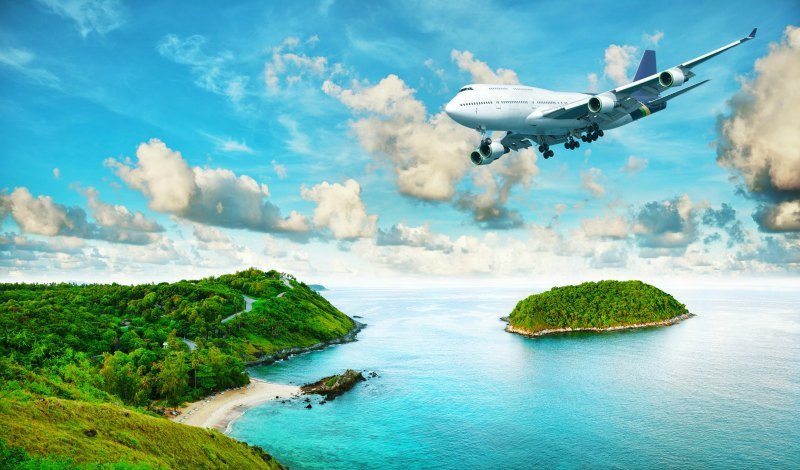
I’ve put these tips near the beginning, because I honestly believe that your accommodation is the most important part of your stay once your dates are set and your transportation is booked.

Start looking for accommodation early. It can be surprising how early accommodation books out. The earlier you start looking, the easier it will be for you to find a good place for a good price.
Look beyond a hotel room. Hotel rooms are often small, impersonal and honestly, overpriced. You’ll probably be surprised at how favorably the price of a fully furnished, serviced apartment compares. Corporate apartments also have the advantage of having essential business amenities like fast WiFi.
Stay close to work. Look for accommodation that is not far from the place where most of your meetings will take place to avoid having to commute in a foreign city. I’m often surprised how bad traffic and subway crowding can be, even during off peak hours.
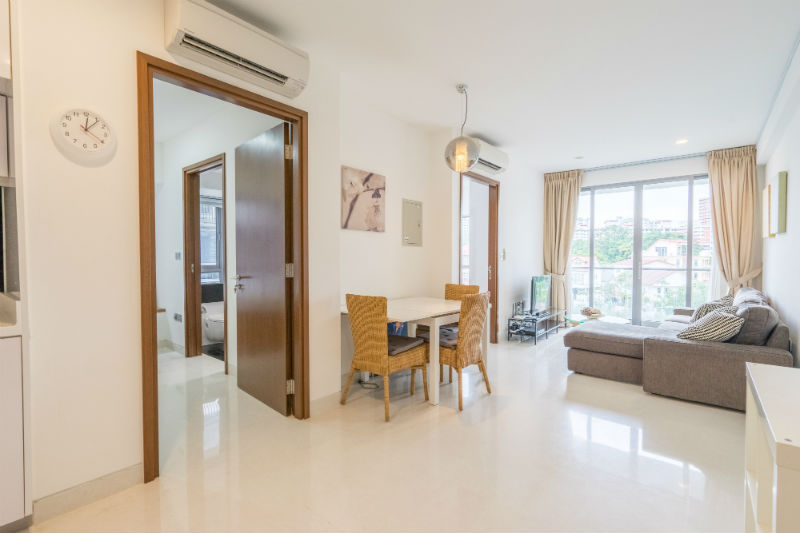
Make it work friendly. Make sure your accommodation has a work space where you can use your laptop and make phone calls. A small table and chair will work perfectly.
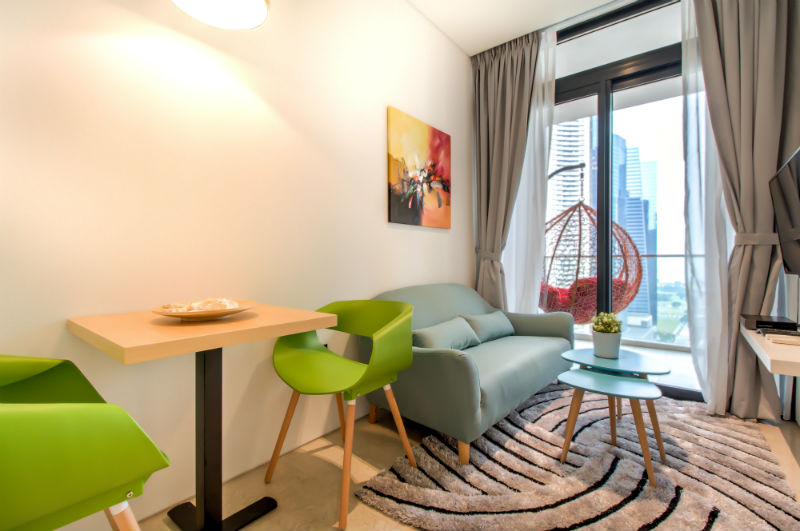
Savvy business travelers suggest signing up for Global Entry and TSA Precheck. Global Entry is a U.S. Customs and Border Protection program that pre-qualifies you for faster customs, while TSA Precheck will get you boarded faster, as many US airports have special (and faster!) precheck lines where you can skip needing to remove shoes, laptops, liquids, belts or light jackets.
Try to travel carry on only. Checked bags have a potential to be lost or delayed, adding to your stress. If you can do with just a carry on you’ll be more flexible if there are problems and out of the airport quicker once you land.
If you do check a bag, be sure to keep essentials like your laptop, any business documents and tech, some underwear, and prescriptions in your carry-on bag in case your checked luggage is lost or delayed.

Stay hydrated on the plane. It’s amazing how much a flight can dehydrate the body. Drink more liquids than normal, and go easy on the alcohol to stay hydrated.
Go to bed normally. Studies have shown that the best way to reduce jet lag is to get as much sunshine as possible at your destination and to sleep normal hours. Tempted to take a quick power nap? Chances are it will just extend your jet lag.
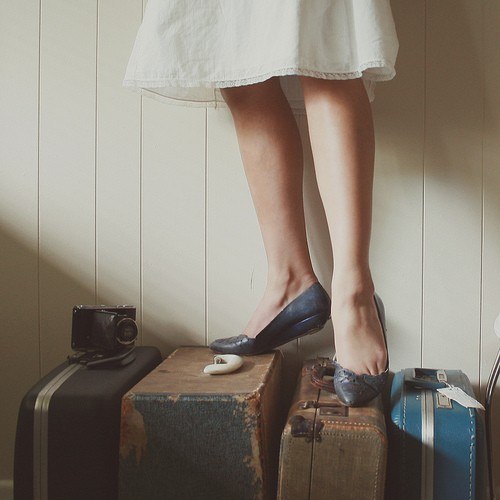
When you pack, use a list with everything you need (see our handy packing list below). Focus on clothing items, toiletries, personal documents, money and banking cards, chargers and the items you need for your business meetings and give yourself time to add and remove items from the list. Try to limit the items you pack to the ones that you will really need.
Don’t forget to take weather into account. I can’t tell you how many times I’ve forgotten to check the rain forecast and wished for my handy travel umbrella.
Make sure the liquids in your carry-on luggage (such as your shampoo or your soap) are in bottles that are not larger than 3 oz. (100 ml), otherwise you risk getting them removed by airport control.
Put your shampoo and conditioner, and any other liquids that may leak, in a zip-lock plastic bag. Changes in air pressure on the plane have made liquids come gushing out of bottles more than once on my flights, and the zip-lock bags have saved my clothes from many a spill.
Don’t pack what you don’t need. If you’re certain your hotel will have a hair dryer, shampoo and conditioner, there’s no need to pack these items. If there’s none in your room, ask for one to be brought to you.
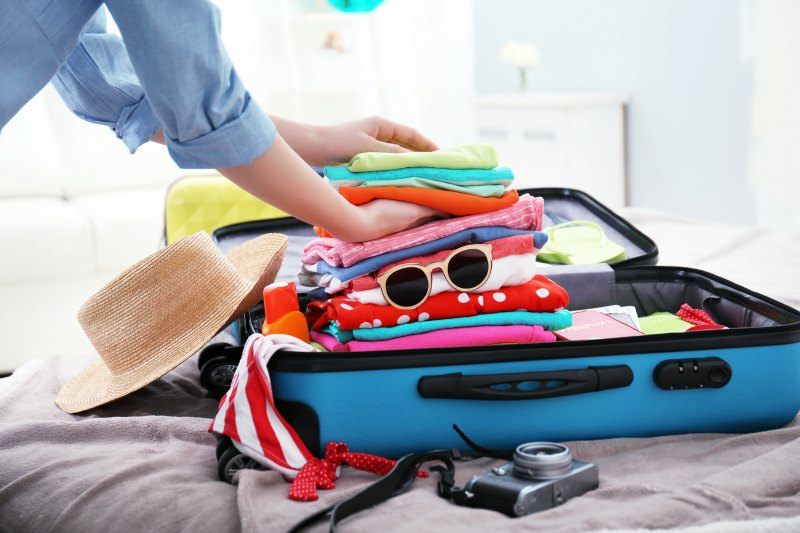
Your business culture will determine exactly what to bring (whether it’s formal business attire like suits or business casual), but these tips should work either way.
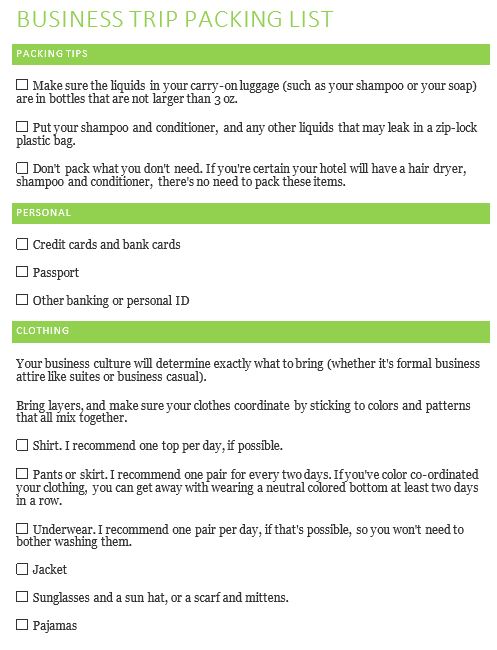
Credit cards and bank cards
Any other banking or personal ID you’ll need
Business cards to hand out
Find out what business functions you’ll need to attend (e.g., formal business dinners, or giving a presentation) and include clothes for those.
Bring layers, and make sure all your clothes coordinate by sticking to colors and patterns that all mix together.
Shirt. I recommend one top per day, if possible.
Pants or skirt. I recommend one pair for every two days. If you’ve color co-ordinated your clothing, you can get away with wearing a neutral colored bottom at least two days in a row.
Underwear. I recommend one pair per day, if that’s possible, so you won’t need to bother washing them.
Jacket. Check out our favorite casual women’s hoodie travel jacket here. For more formal business travel, we like the SCOTTeVEST women’s trench coat, men’s travel blazer, or the streamlined men’s Jacket.
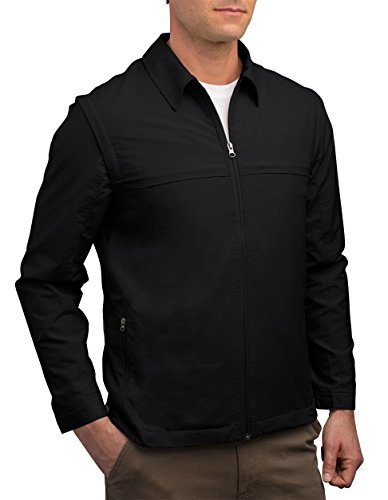
Outerwear. Depending on the weather, you may need extra gear like sunglasses and a sun hat, or a scarf and gloves.
Footwear. Make sure that you pack at least one pair of comfortable business appropriate shoes, as you never know if you’ll have to walk between offices. If you enjoy working out, make sure you bring some proper footwear for that as well.
Pantyhose. I am NOT a fan of these devices of torture, but if you’re in a very conservative business environment, they may be expected.
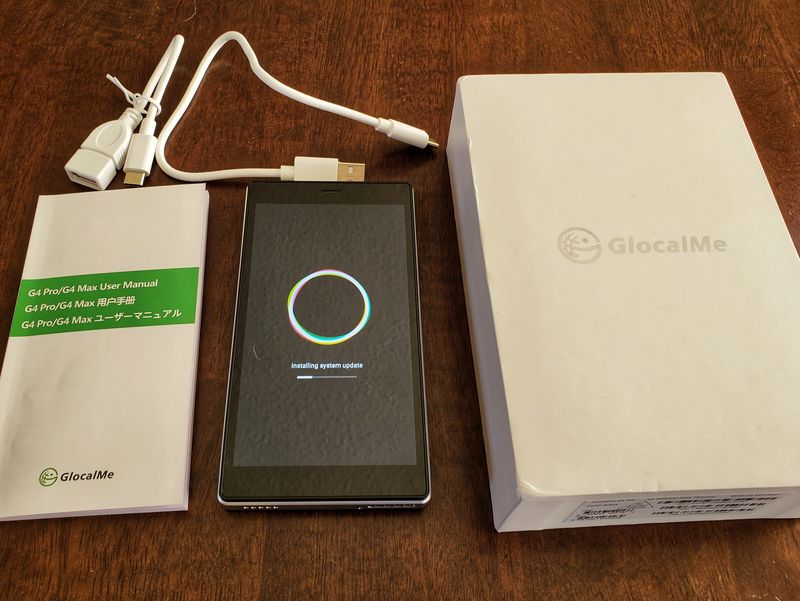
Laptop or tablet
Cell phone charger. Consider both a wall plug charger and a portable external battery charger.
Bring noise cancelling headphones. They’re not only fantastic for shutting out the chatty seatmate next to you when you’re trying to work, but they also do a wonderful job in loud hotel rooms, cafes, and new workplaces.
Plug converter. Depending on the country you’re in, you might need a different electrical plug. To make life easier, make sure all your chargers and devices are usable with 110-240 volts.
Toothbrush and toothpaste
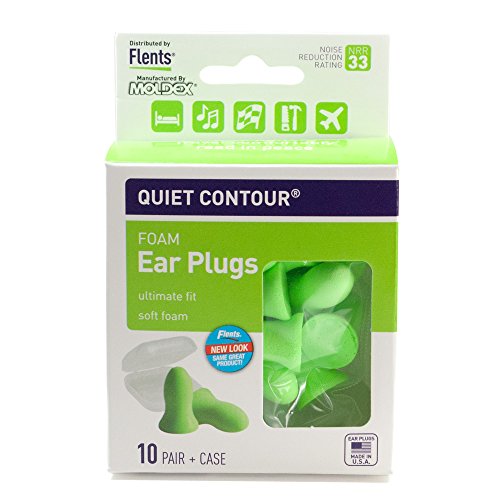
Prescription and non-prescription drugs
Electric razor or disposable razor
Spare contact lenses, a case and contact lens solution if required
Prescription for eyeglasses
Bring your own tampons and pads, or use a menstrual cup like the Diva cup. In some countries, tampons can be especially hard to find, and brands can be quite a bit different away from home. Trust me, as a female traveler, the last thing you want is to overestimate the absorbency of a new product.
If you have the room and want to take along a few extras that’s fine. Here are a few examples.
Wide scarf in your carry on. This can double as a blanket during flight, and a fashion accessory later.
A small first aid bag with items you think you’ll need like pain relievers, band aids and cough drops. It’s never a bad idea to pack Pepto Bismol and Ex-Lax (or, as we call it, the stop and go duo).
Travel clothes steamer or travel iron
Tide stain remover pen
Small compression bag for laundry
Breath mints. Avoid gum, as it’s considered rude in many countries.
Travel pillow and or blanket
Baby wipes or facial wipes. We always travel with a small pack of these, as they’re wonderful for freshening up before leaving the plane.
Snacks. We often carry small packets of trail mix or protein bars in our carry on. They’re fantastic if airplane food service is sketchy, or if our hotel doesn’t have an affordable minibar.
Was this list helpful? What do you pack on a business trip? Let us know in the comments below!
Check out our beach packing list and our road trip packing lists!
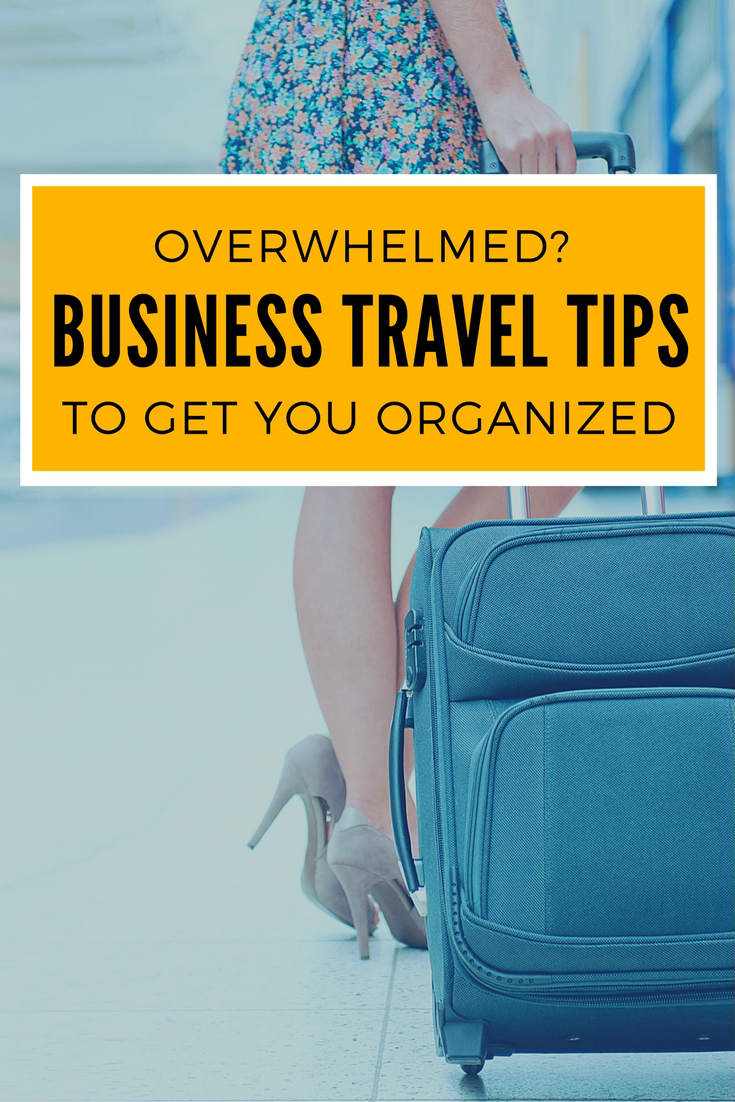
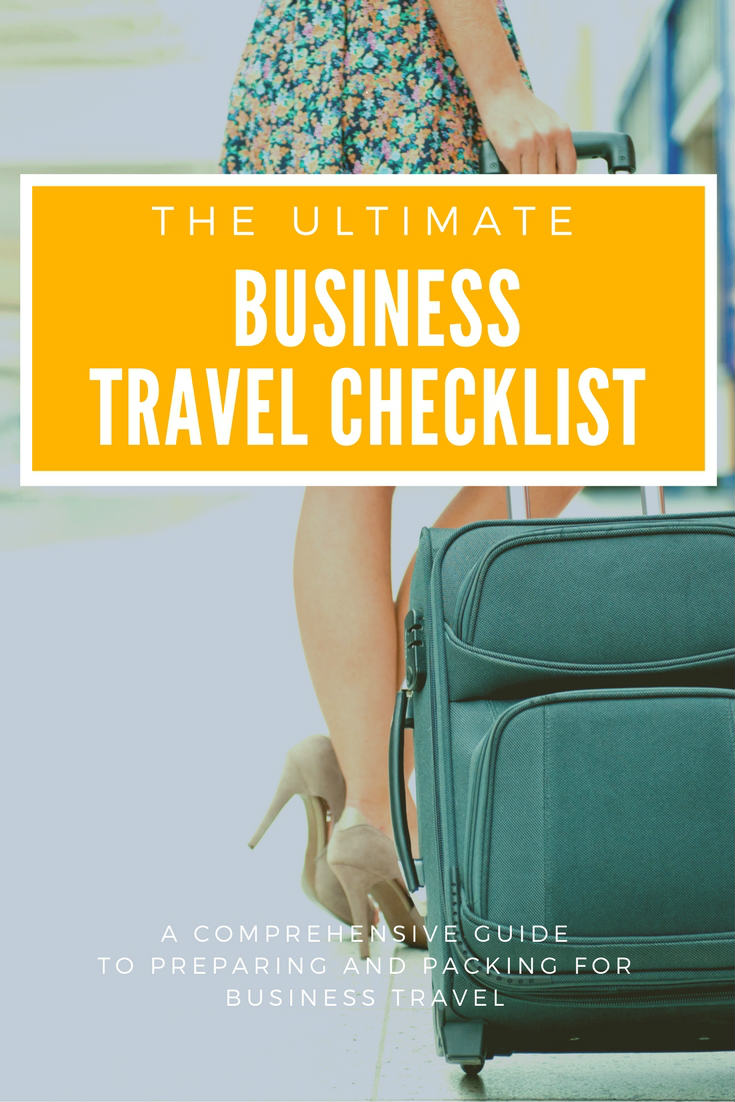
Asia business travel Singapore